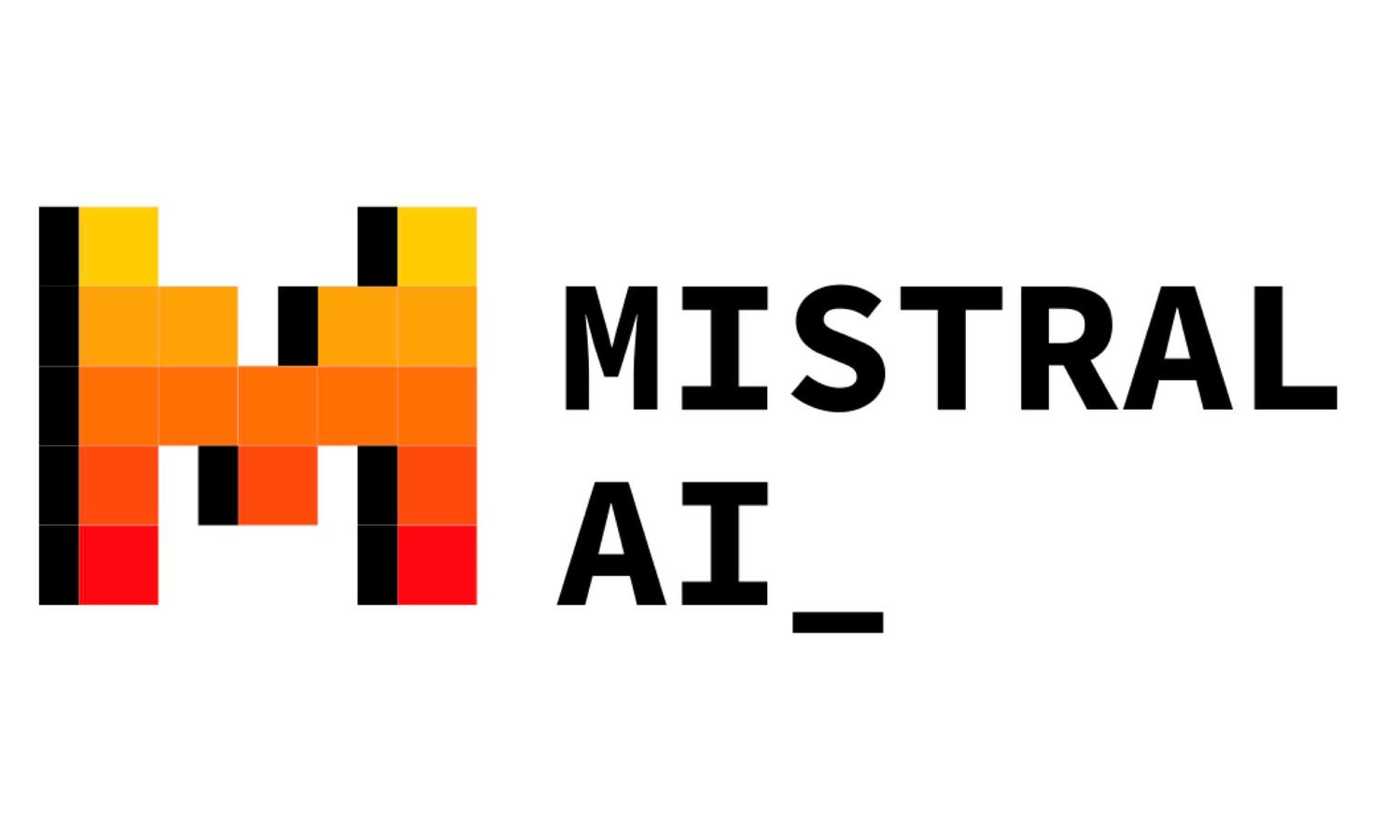Stablecoins represent an evolution of the financial system.
Shutterstock
Imagine if PayPal, Swift, and your banking app went on a wellness weekend in Silicon Valley and returned Monday as leaner, faster versions of themselves. That’s the premise behind stablecoins – crypto’s sensible sibling. They are digital tokens pegged to real-world currencies, such as the US dollar. One stablecoin, one dollar, it’s as simple as that. Or at least that is the idea.
Backed 1:1 by short-dated US Treasuries or bank deposits, stablecoins like USDC (Circle) and USDT (Tether) now represent a parallel financial infrastructure: programmable, blockchain-native money that moves 24/7, costs pennies (sometimes fractions of pennies) to transmit, and settles in seconds across borders. Unlike their volatile crypto cousins, stablecoins don’t swing with Elon’s tweets. They are built for stability and, increasingly, for scale.
In short, stablecoins might just be the internet’s long-overdue upgrade to money.
The Market Defined – a $3 Trillion Disruption in Motion
If traditional FX is a battered old dial-up modem, stablecoins are fibre-optic. The current foreign exchange system is built upon decades-old “correspondent banking” rails. That means sending USD to Nairobi from Berlin still involves a long conga line of intermediaries, opaque fees, and 2–5 business days of holding your breath. Now imagine a contractor in Lagos receiving USD in minutes, not days, with 90% lower fees. That’s the promise – and increasingly, the reality – of stablecoin payments.
According to Visa and Artemis, over $35 trillion in stablecoins were transferred in the last 12 months, more than Visa and Mastercard combined. Adoption spans over 190 countries, with more than 30 million active wallets and $214 billion in supply. And yet, this is still small fry compared to the $1.1 trillion traded daily in traditional FX markets. The runway is long.
The Emerging Stablecoin Stack
At the heart of this emerging ecosystem are three core players:
- Issuers: Circle (USDC), Tether (USDT), and Paxos (PYUSD, USDG) dominate issuance. Between them, they hold the keys to over $7 billion in annual reserve yield.
- Infrastructure platforms: BVNK, Koywe, and Bridge (recently acquired by Stripe for $1.1 billion), among others, are building the APIs, liquidity layers, and compliance rails to make stablecoins usable at scale.
- Traditional Fintechs and Banks: Visa, Mastercard, Stripe, PayPal, and BBVA are diving in. Banks once allergic to crypto now see stablecoins as a necessary evolution of their payment flows.
Stablecoins are now less about crypto speculation and more about enabling global payments, liquidity management, and even treasury operations. (Yes, SpaceX reportedly uses stablecoins to manage treasury exposure in places like Argentina and Nigeria.)
Why Now?
Three tailwinds are converging:
- Infrastructure maturity: Liquidity pools, cross-chain bridges, and API platforms now enable real-time payments at scale.
- Regulatory clarity: From the GENIUS Act in the US to MiCA in the EU, the fog is lifting. Issuers are being brought under formal supervision, with reserve requirements, AML checks, and audited financials.
- Market pull: Contractors, vendors, and global companies increasingly want to receive and hold USD, not pesos, naira, or lira
As Jeremy Allaire of Circle put it: “This is one of the biggest TAMs (Total Addressable Markets) of all industries out there.”
Stablecoin Benefits – Not Just a Cheaper Payment
Let’s be clear: stablecoins aren’t just shaving a few basis points off remittance fees. They’re overhauling the plumbing of money movement, and if carried out properly, should ensure:
- Cost benefits: No more middlemen stacking up fees
- Speed: Seconds, not days
- Risk: Less exposure to volatile or exotic currencies
- Operational simplicity: No need for 45 pre-funded bank accounts across four continents
- Compliance-ready: The good ones are clean, auditable, and integrate with KYC/AML systems
Even governments are starting to warm up. The US Secretary of the Treasury recently noted stablecoins could “reinforce the dollar’s role as the world’s reserve currency”. Now there’s a geopolitical incentive too.
The Use Cases – From Contractors to Capital Markets
Today, stablecoins are fuelling cross-border B2B and remittances (especially in high-friction corridors like LatAm, Africa, Southeast Asia), Vendor payments and global payroll (freelancers, contractors, AI microtasks), DeFi and tokenised assets, Treasury operations and liquidity management, retail and micropayments (Stripe now lets you “Pay with Crypto,” settling in fiat), etc.
Platforms like Koywe and BVNK are abstracting away the blockchain complexity, offering embedded wallets and FX capabilities to fintechs, banks, and corporates alike.
The Programmable Edge – Money with a Brain
Stablecoins aren’t just faster dollars. They’re programmable money.
Developers can build logic into transactions, such as pay-on-delivery, split payments, escrow with triggers, etc. Imagine Stripe automatically issuing a virtual card with preset limits for a one-time transaction. Or a DAO releasing funds when a smart contract verifies an invoice, this is where stablecoins become “room-temperature superconductors for financial services,” to borrow Stripe’s analogy.
Fiat vs. Stablecoin – The Convergence is Underway
Here’s the kicker – the more people spend stablecoins, the less they need to convert back to fiat.
This threatens the incumbents, not because stablecoins are replacing dollars or banks, but because they may become the rails on which banks ride. Think of stablecoins as TCP/IP for money, invisible but essential. Fiat isn’t disappearing. But control over the user interface, the relationship, the rail – that’s the next frontier.
But… There are still Challenges
Of course, no revolution is without its wrinkles.
The regulation is still evolving. US and EU frameworks are being formed, but cross-border clarity remains a work in progress. Redemption risk: Some “stable” coins aren’t so stable (read: algorithmic failures).
The user experience is improving. Right now, wallets, gas fees, cross-chain issues are still too clunky for grandma.
There’s friction with the Central Bank. Will CBDC (Central Bank Digital Currency) replace stablecoins? Maybe. But don’t expect it to be programmable, anonymous, or innovation friendly. CBDC is great tools for surveillance, monetary policy, and state control but it won’t be winning developer hearts any time soon.
The Road Ahead – What Matters and Who Wins?
Here’s what we’re betting on:
The winners will straddle both worlds. Not crypto-native or TradFi alone, but companies that can operate across both and move fast.
Banks and fintechs will converge. Banks are already exploring the issuance of stablecoins and fintechs are acquiring bank charters.
Platforms matter. Ethereum and Solana are dominating, but keep an eye on Bitcoin Lightning, Stellar, and Tron in emerging markets.
Yield matters. Those who capture the interest from reserves will be the ones to define business models.
Ultimately, stablecoins aren’t a threat to the financial system. They represent an evolution – an upgrade. The question isn’t if they’ll go mainstream, but how fast, who wins, and what rails the money flows on. If you’re still thinking of stablecoins as a crypto gimmick, you’re already late for the next phase of finance.









